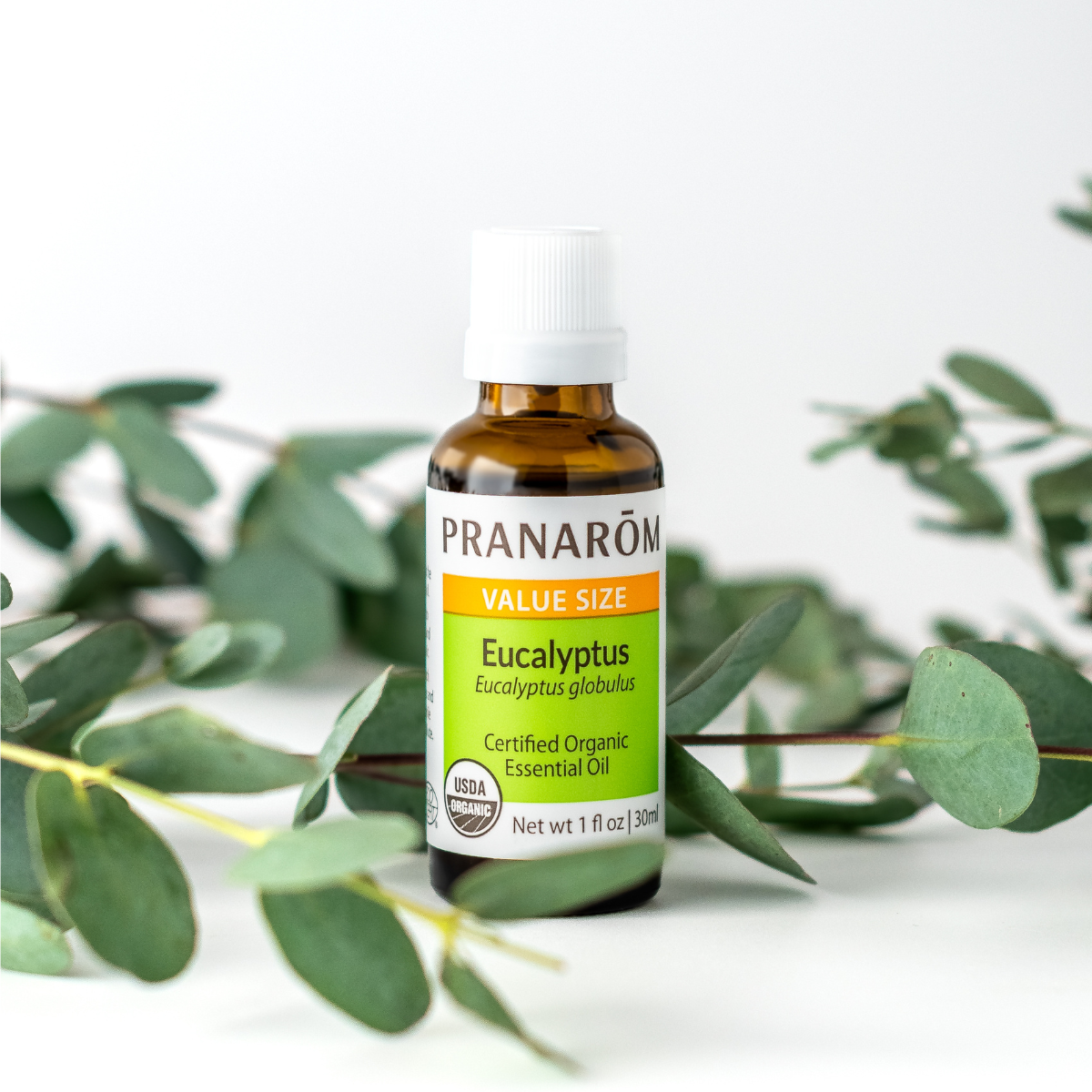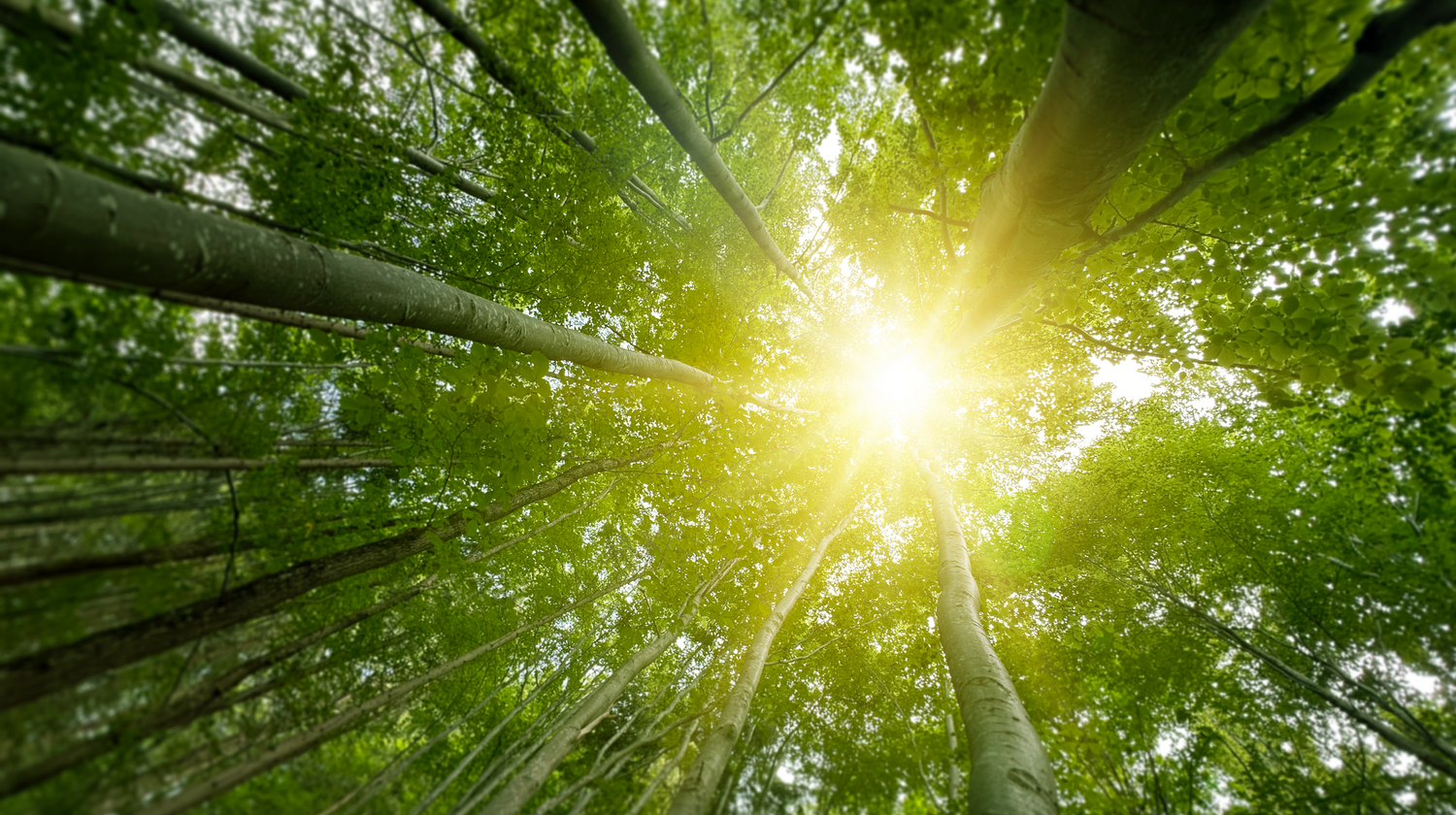The History of Earth Day
Earth Day was born out of the collective desire for bettering, repairing, and caring for our planet. Spearheaded by then Wisconsin Senator Gaylord Nelson and environmentalist Denis Hayes, Earth Day was an immediate success with events in cities, towns, and schools all over the country. It was estimated that 20% of the entire population of the US participated in one way or another. Since 1970 the day has grown into an international event, with the Paris Agreements being signed on Earth Day in 2016.
Earth Day is a day to celebrate & a day for remembrance that we have only one precious planet, a reminder to be good stewards of the earth, and to encourage us to use our voices where it counts most! Many people plan activities such as neighborhood, beach, or river clean-ups. It is a way to build community around an important issue that greatly impacts present and future generations.
Like Valentine’s Day, we can spread the love and care throughout the year! But this day is a great chance to re-invigorate our intentions to live in relationship with the earth and natural world, rather than further separate ourselves from it. And it takes efforts at all levels, from individuals to businesses to mega corporations – we’re all in this together.
Earth Day & Pranarōm
At Pranarōm, we do our best to spread Earth Day across the calendar. Some of our primary goals are to continue:
· Offering organic essential oils
· Sourcing sustainably and responsibly
· Using regenerative practices
· Providing oils that are not threatened or endangered
Organic growing practices are not only important for the final product, they are responsible use of the earth. Spraying crops with chemicals negatively impacts the soil quality, gets into the local ground water system, can harm animals in the local environment, and can be detrimental to the health of those working the crops and distilling the plant material for essential oils.
Sourcing sustainably and responsibly supports the plants, the earth, and the local habitat. With decades of research to support, it is in everyone’s best interest not to clear cut when harvesting plant material for any purpose.
Using regenerative practices is proven to keep the soil healthier, which in turn nurtures the ecosystem, providing for healthier, more abundant growth in future seasons. Regenerative practices lean into the idea of reciprocity, that we are directly connected to nature. We are of the natural world, and the more we separate, the more we devalue the care and stewardship that Earth Day reminds us of.
Offering oils that are not threatened or endangered ensures that generations to come will also have access to the same therapeutic oils we have learned to love and use. It is also a stark reminder that we have lost many species of plants to over-harvesting, which could have been prevented. Remembering that many oils have similar abilities helps us to use the best option for our wellbeing and the plant’s.
The world of plant medicine is vast and wonderful. When we remember that our relationship with the earth is not one-sided, we enter a place of reciprocity. To remember that the earth is here for us is also to remember that we are here for the earth. Without one we cannot have the other. And when we forget, we have Earth Day!
“Instead of changing the land to suit their convenience, they changed themselves.” Robin Wall Kimmerer from The Serviceberry









